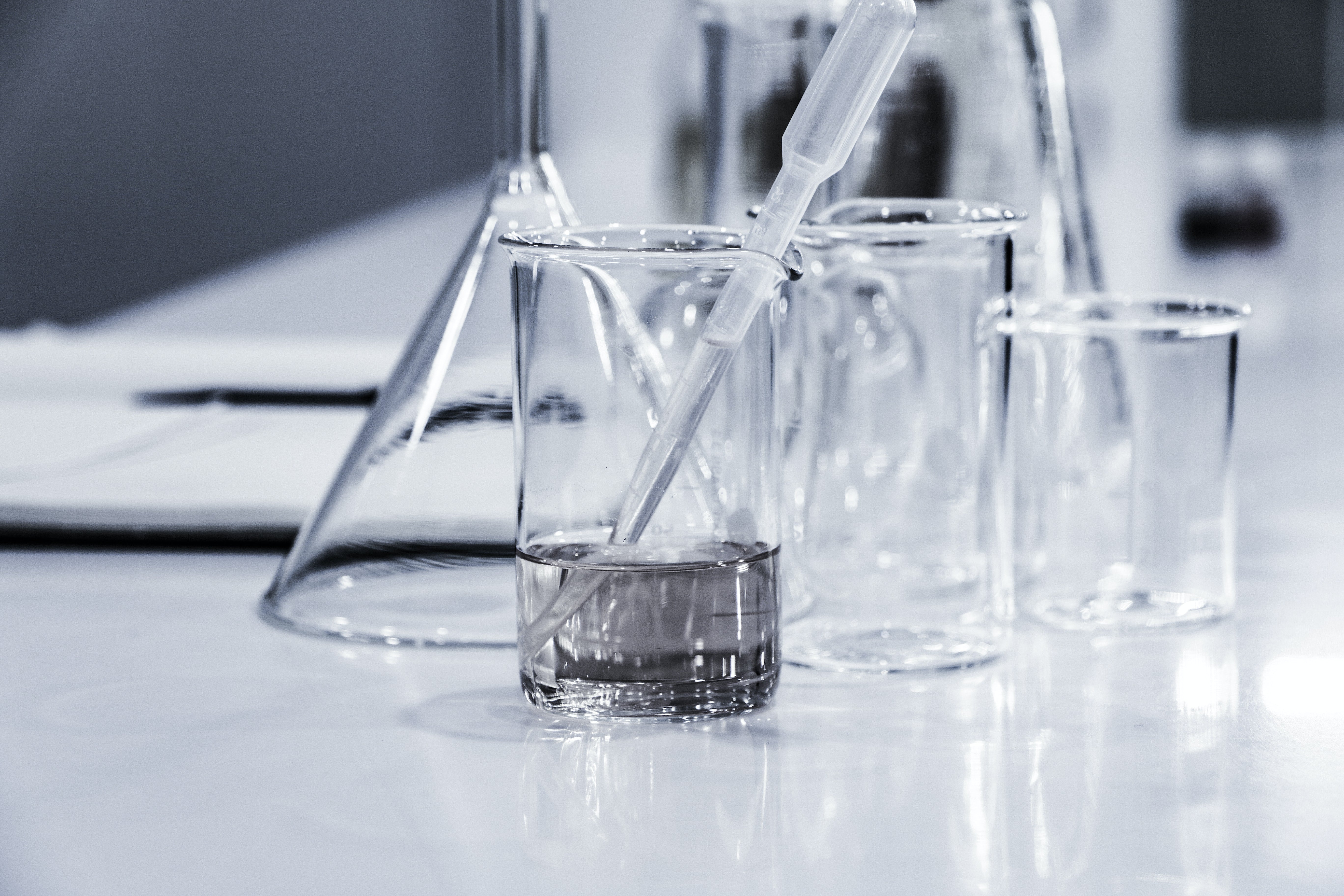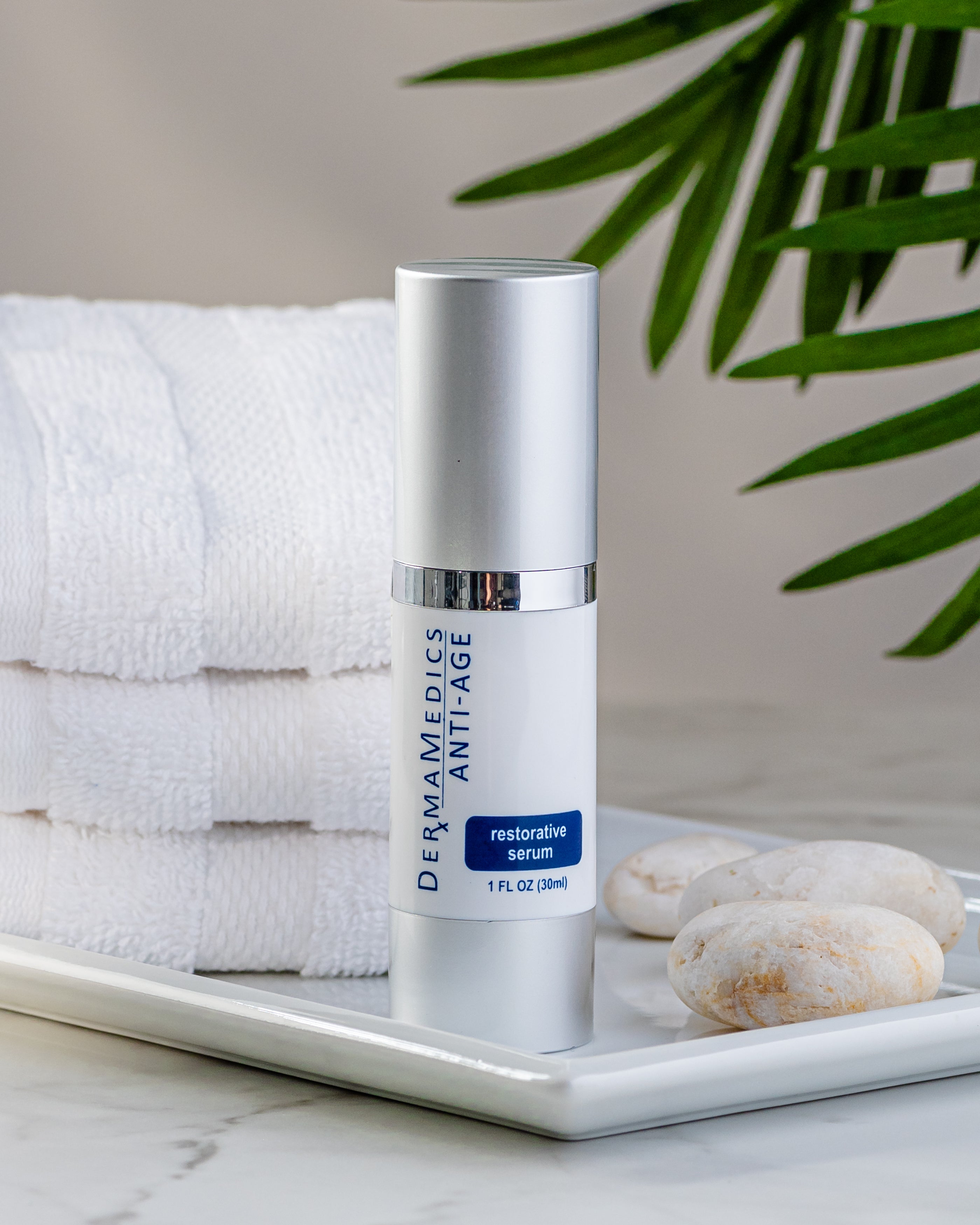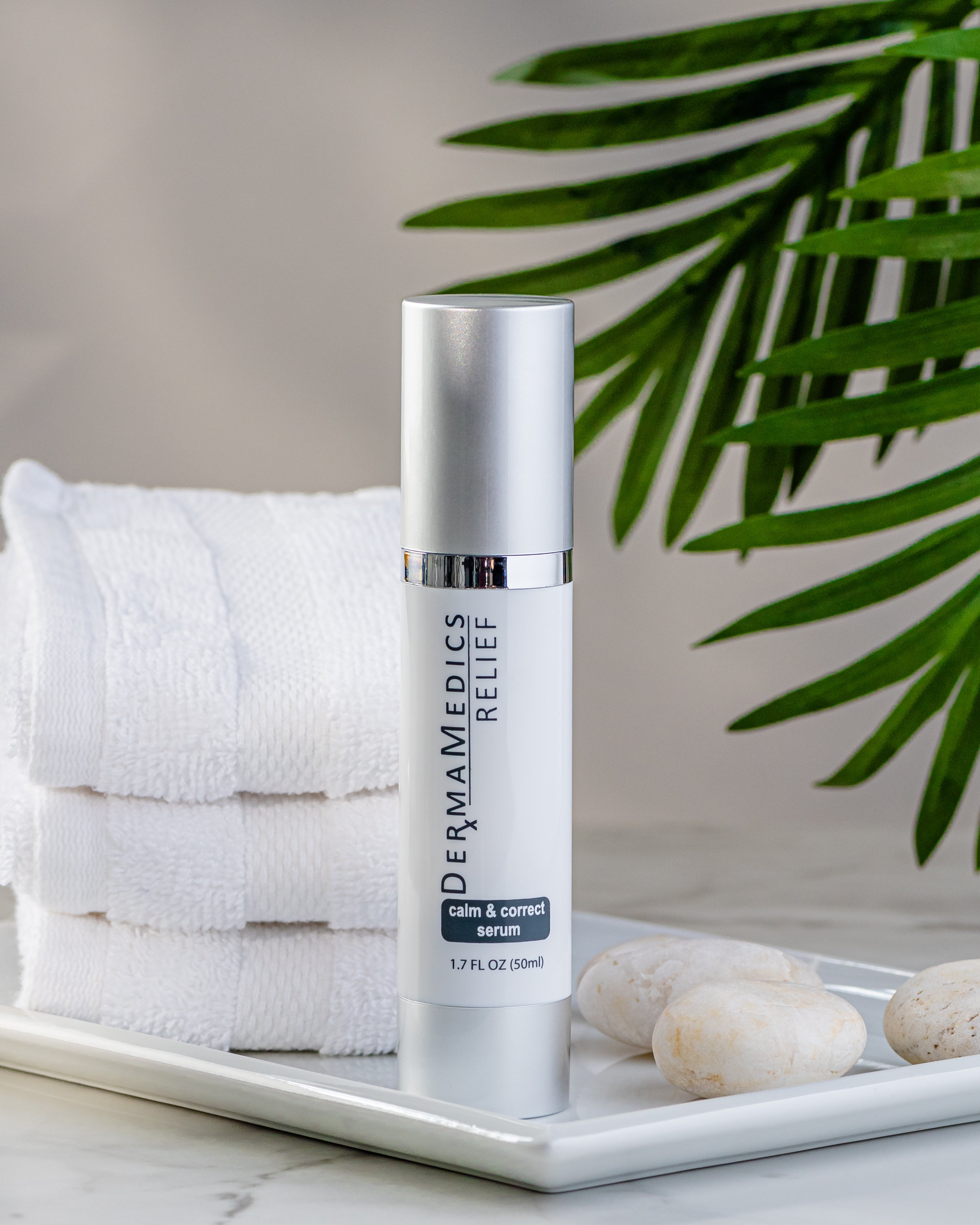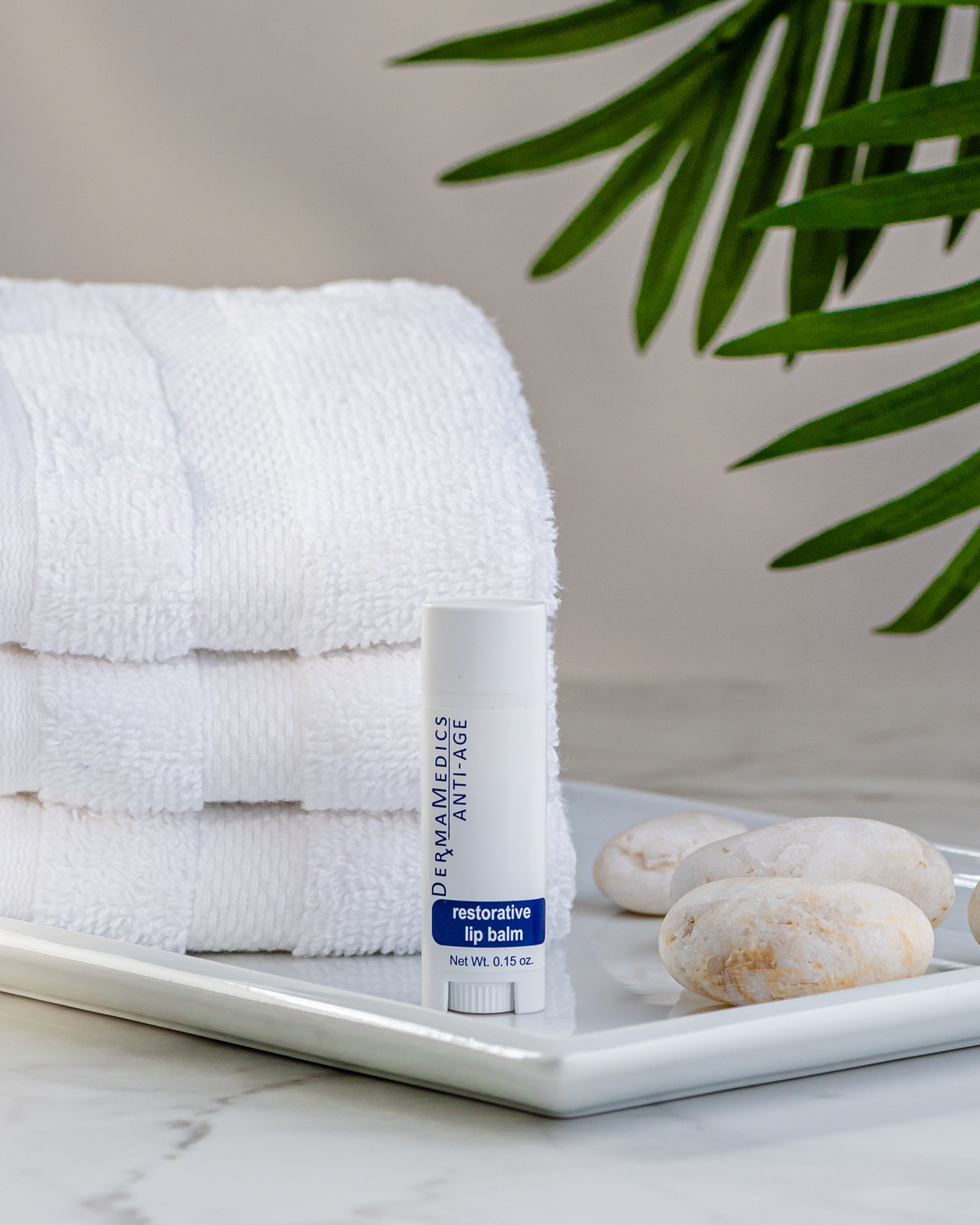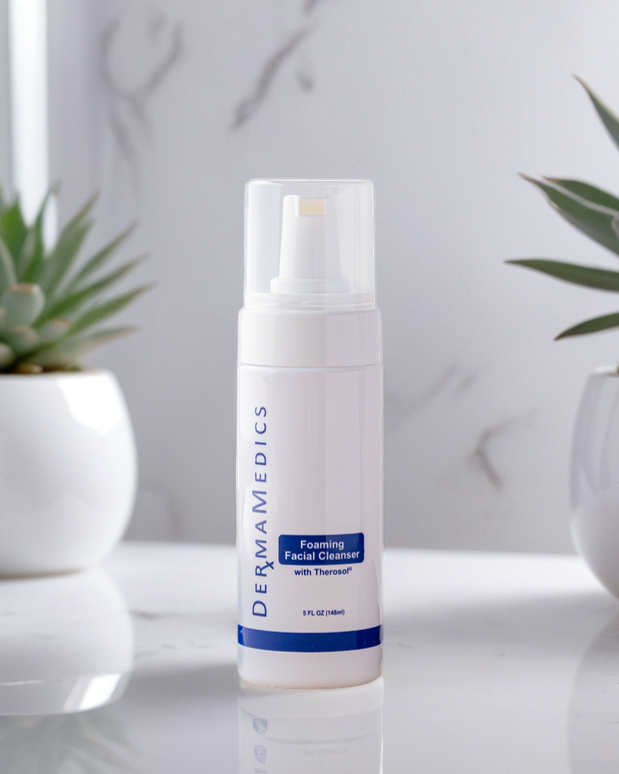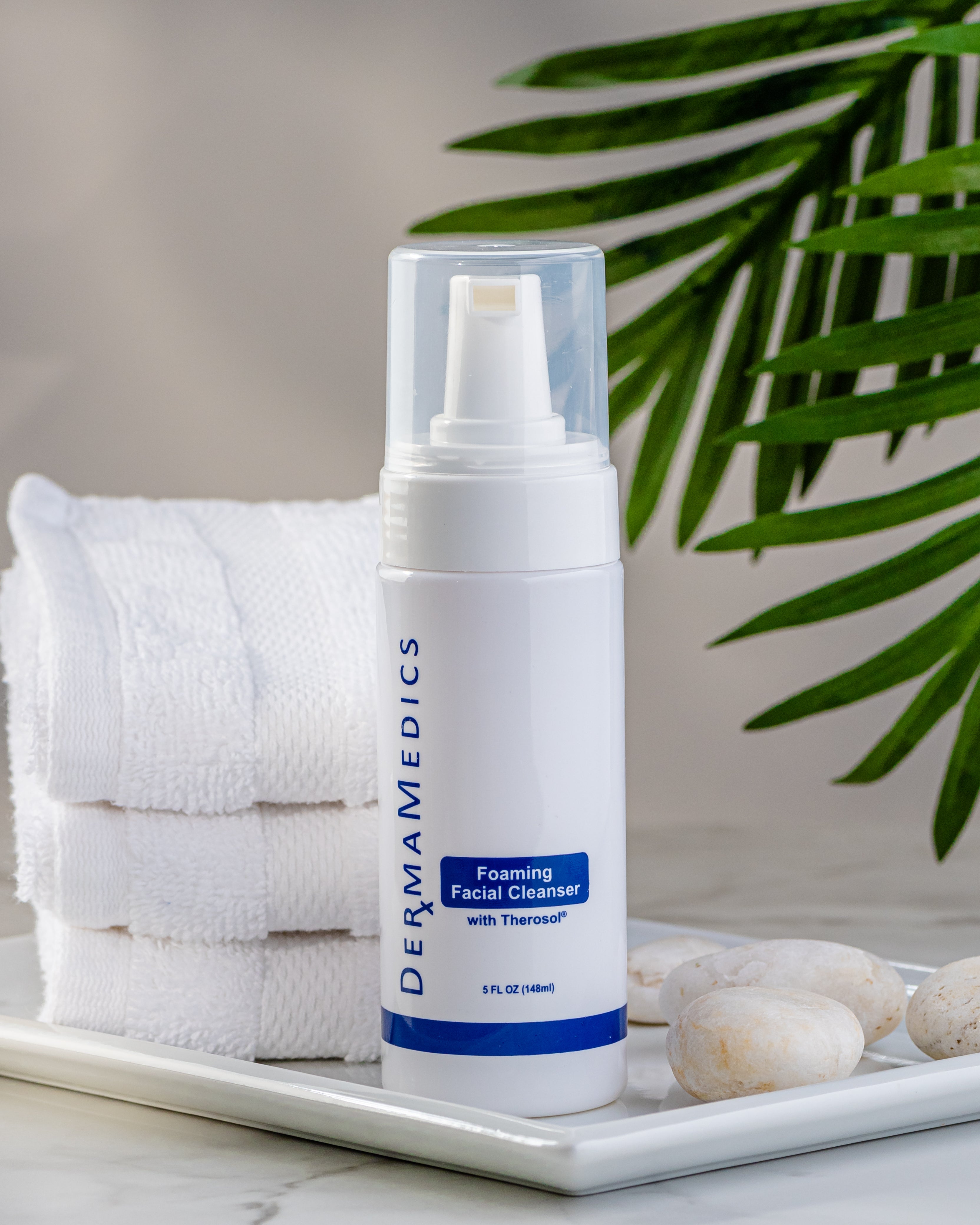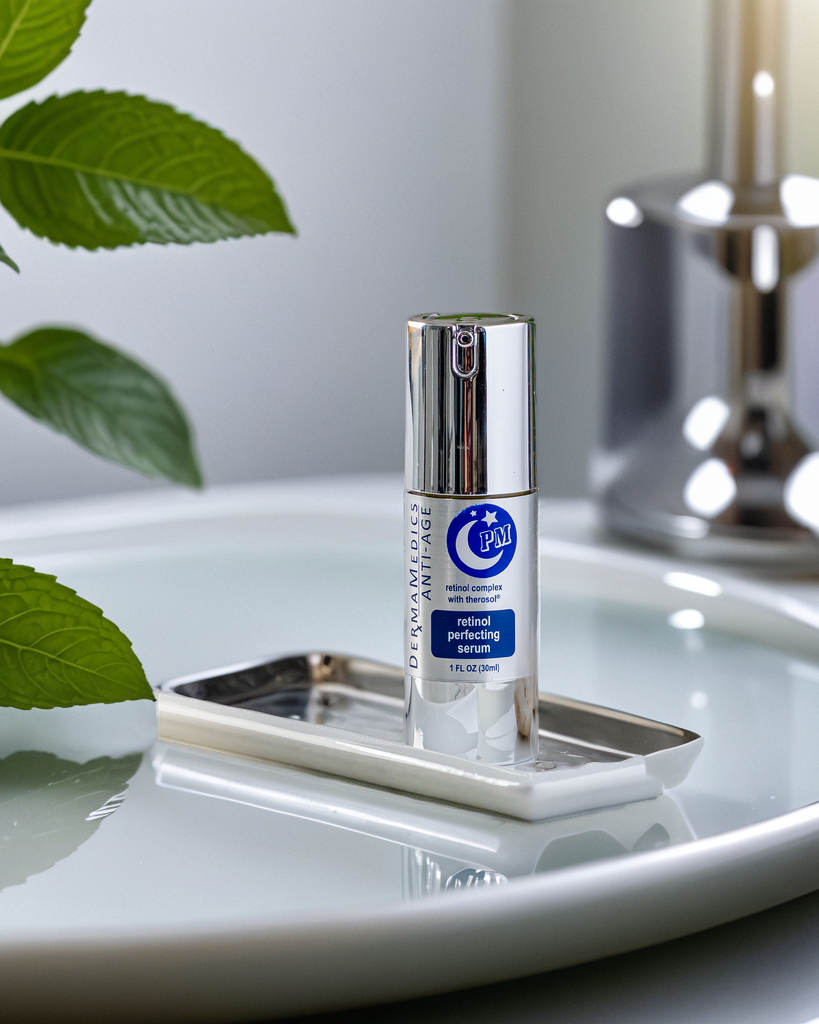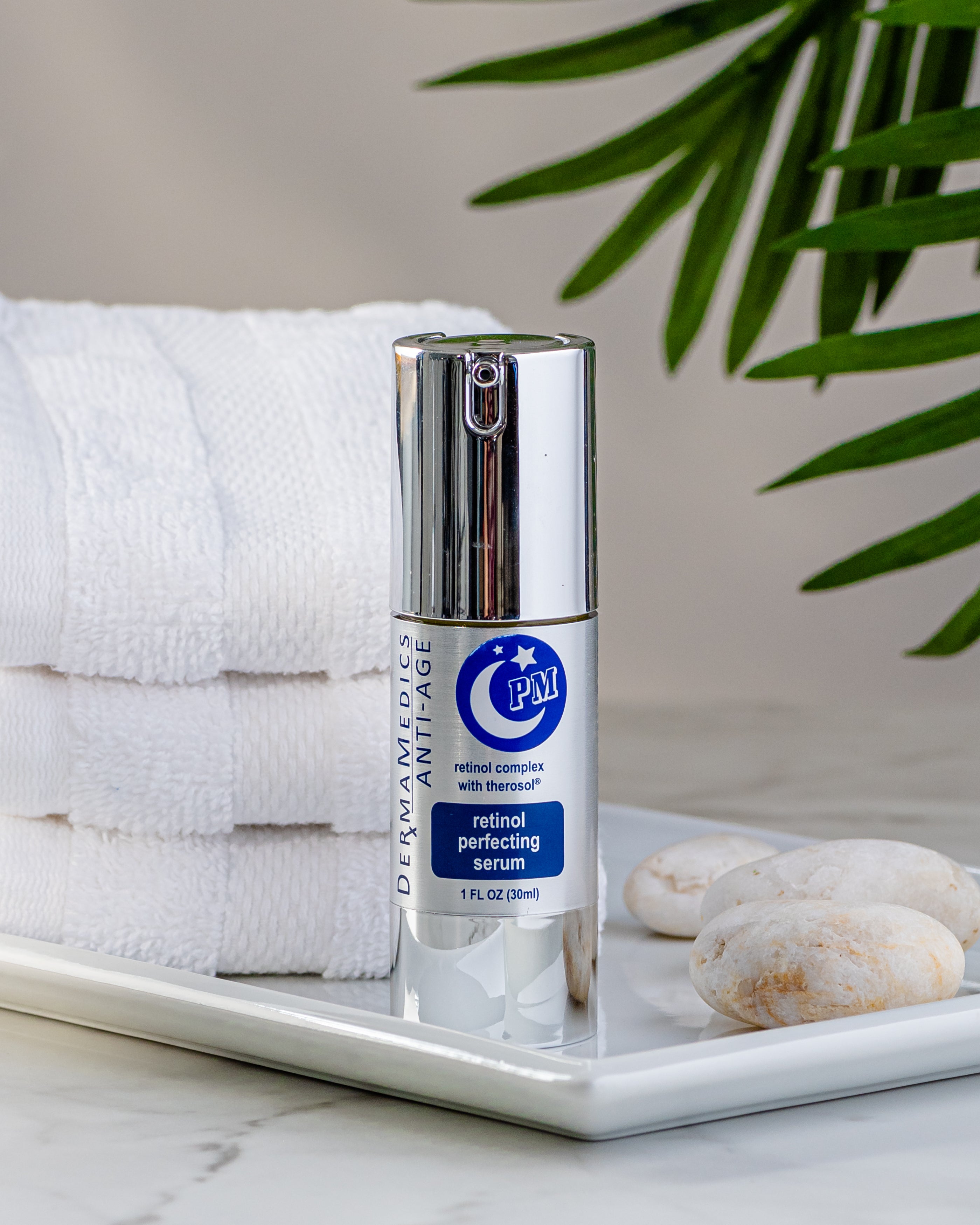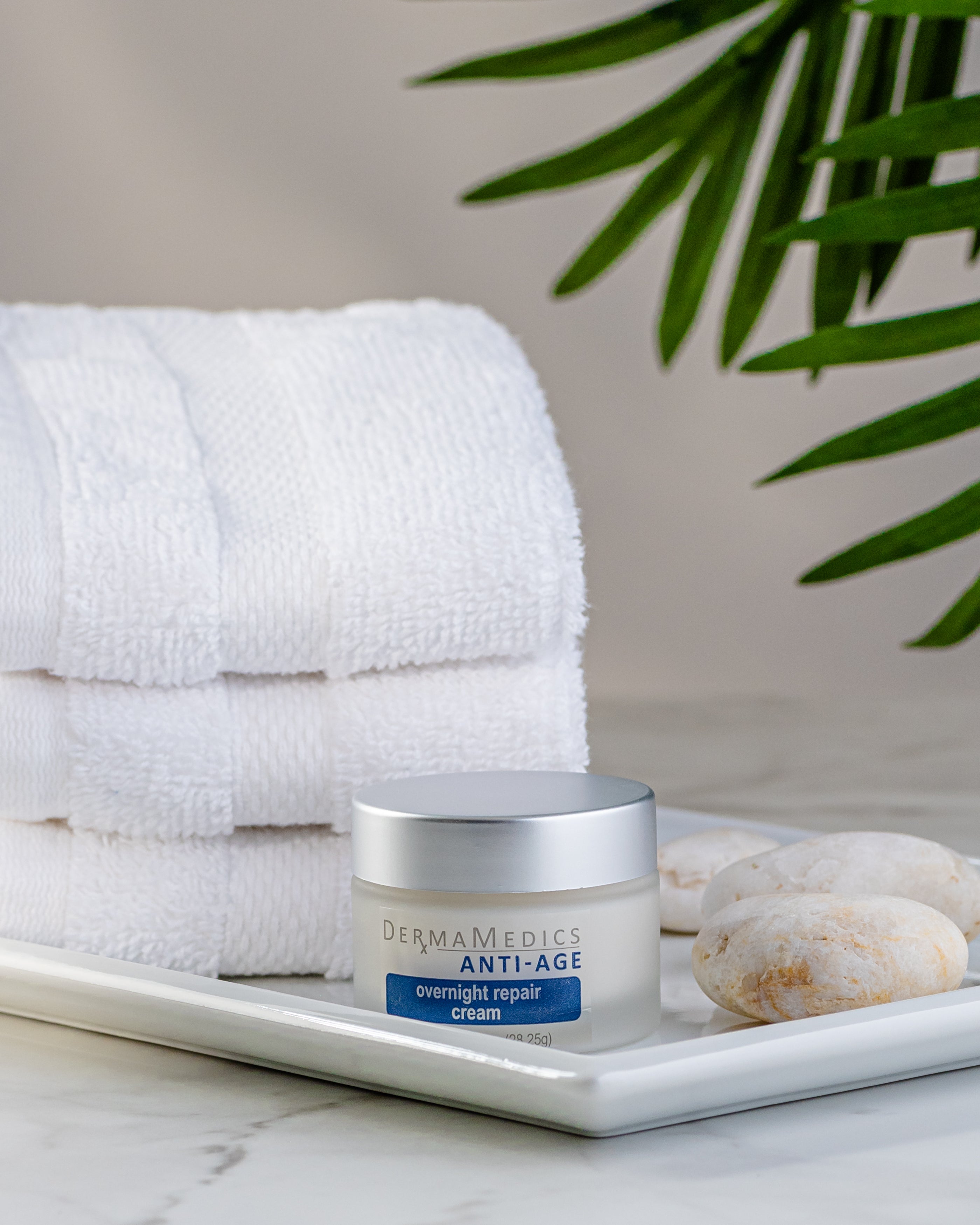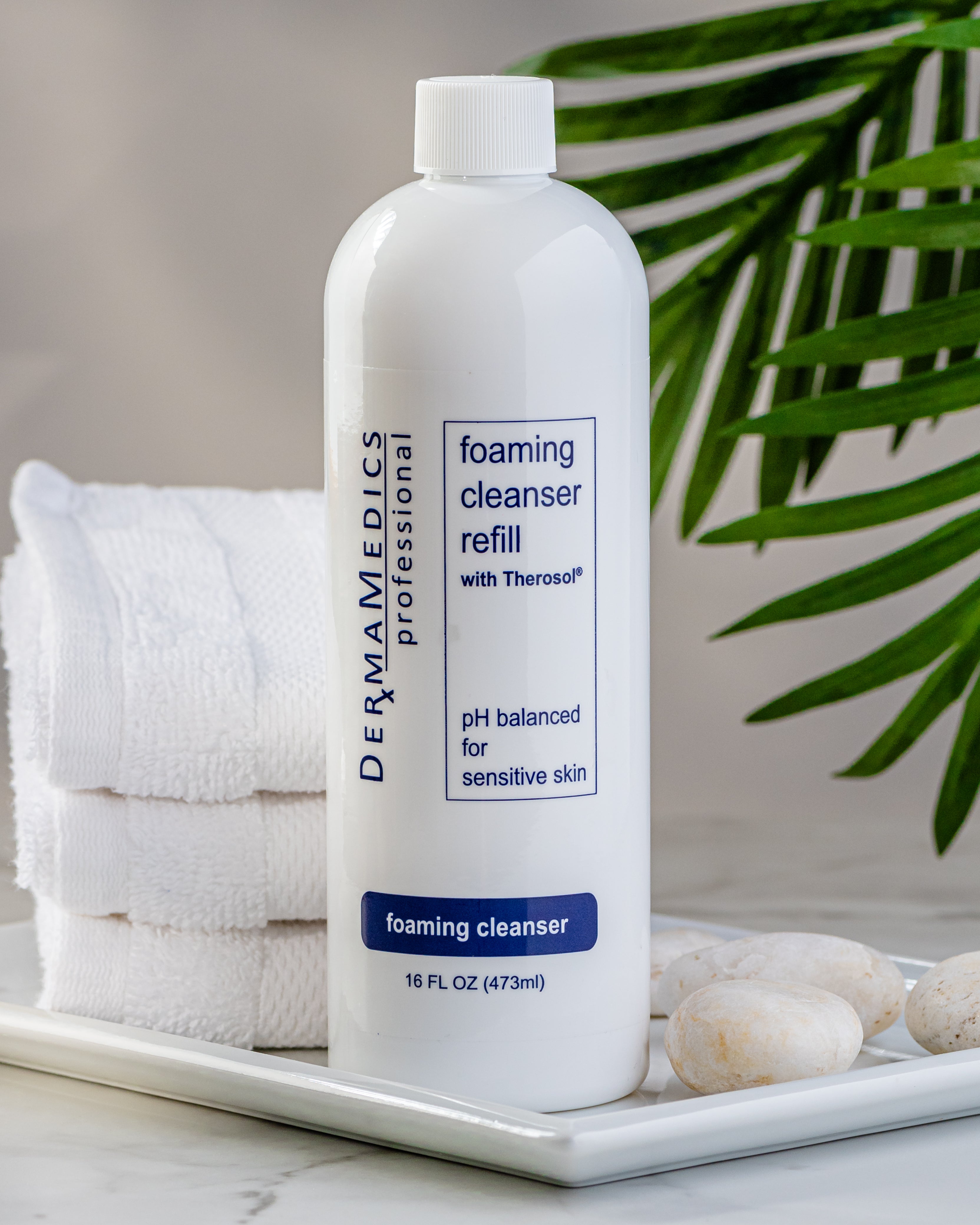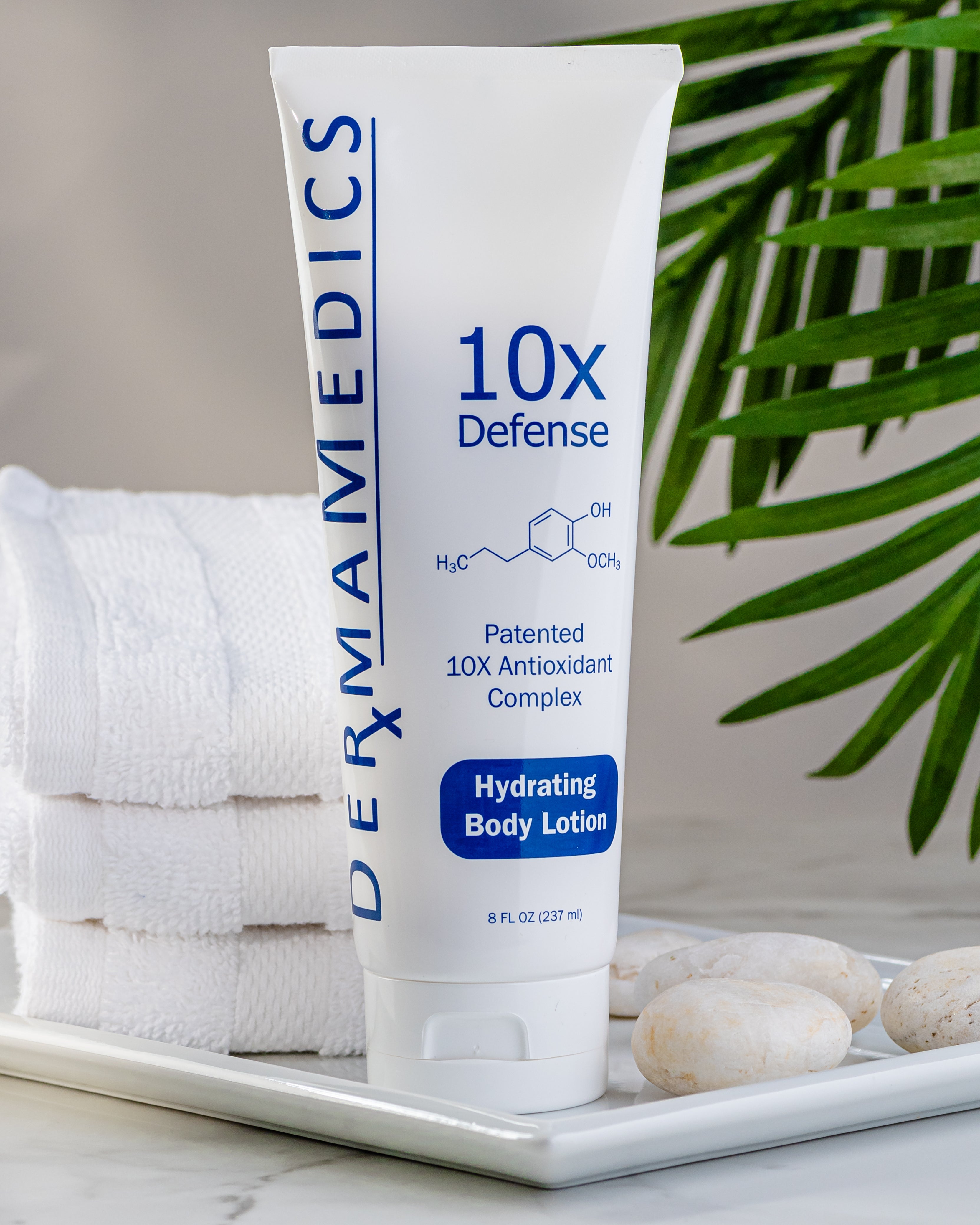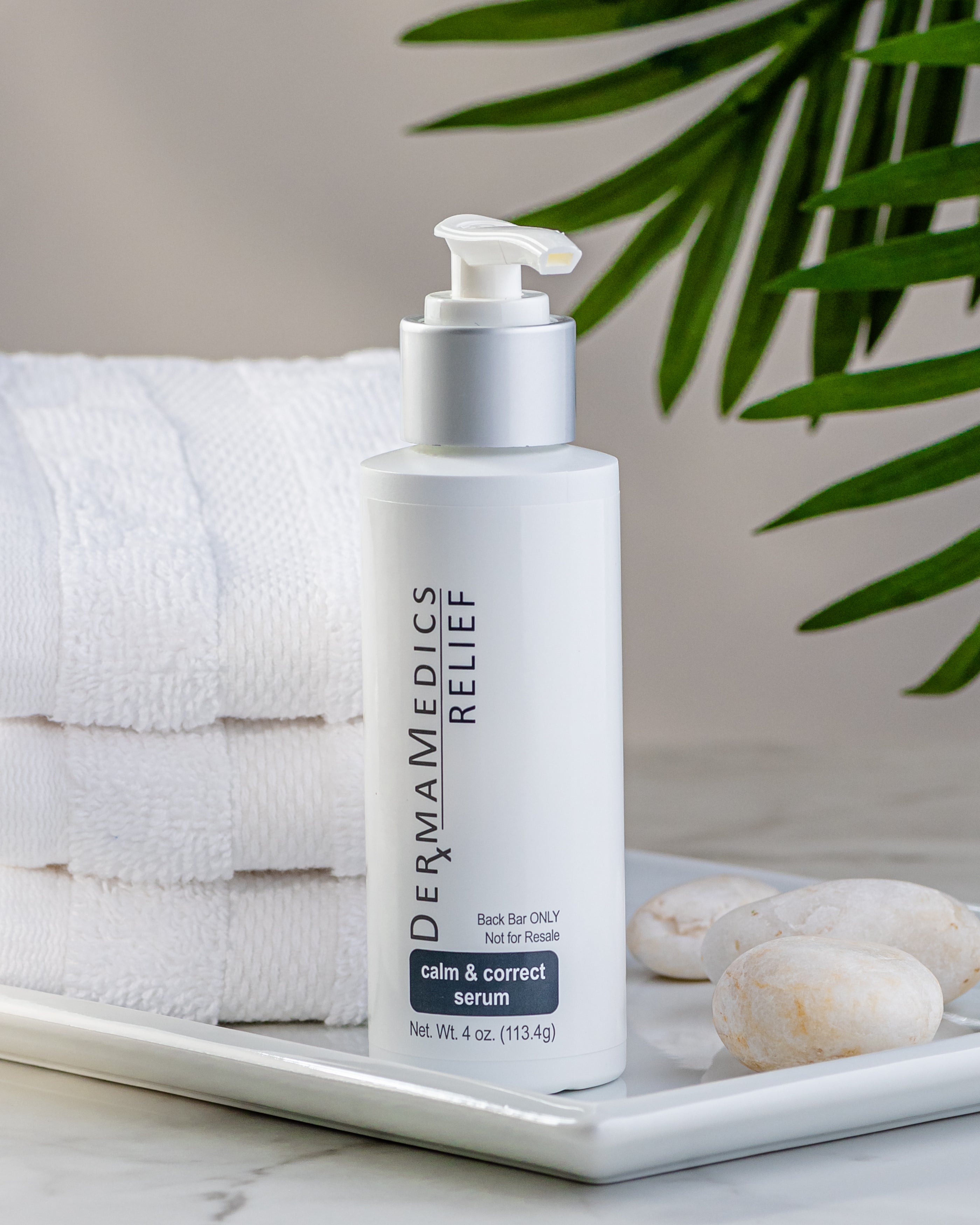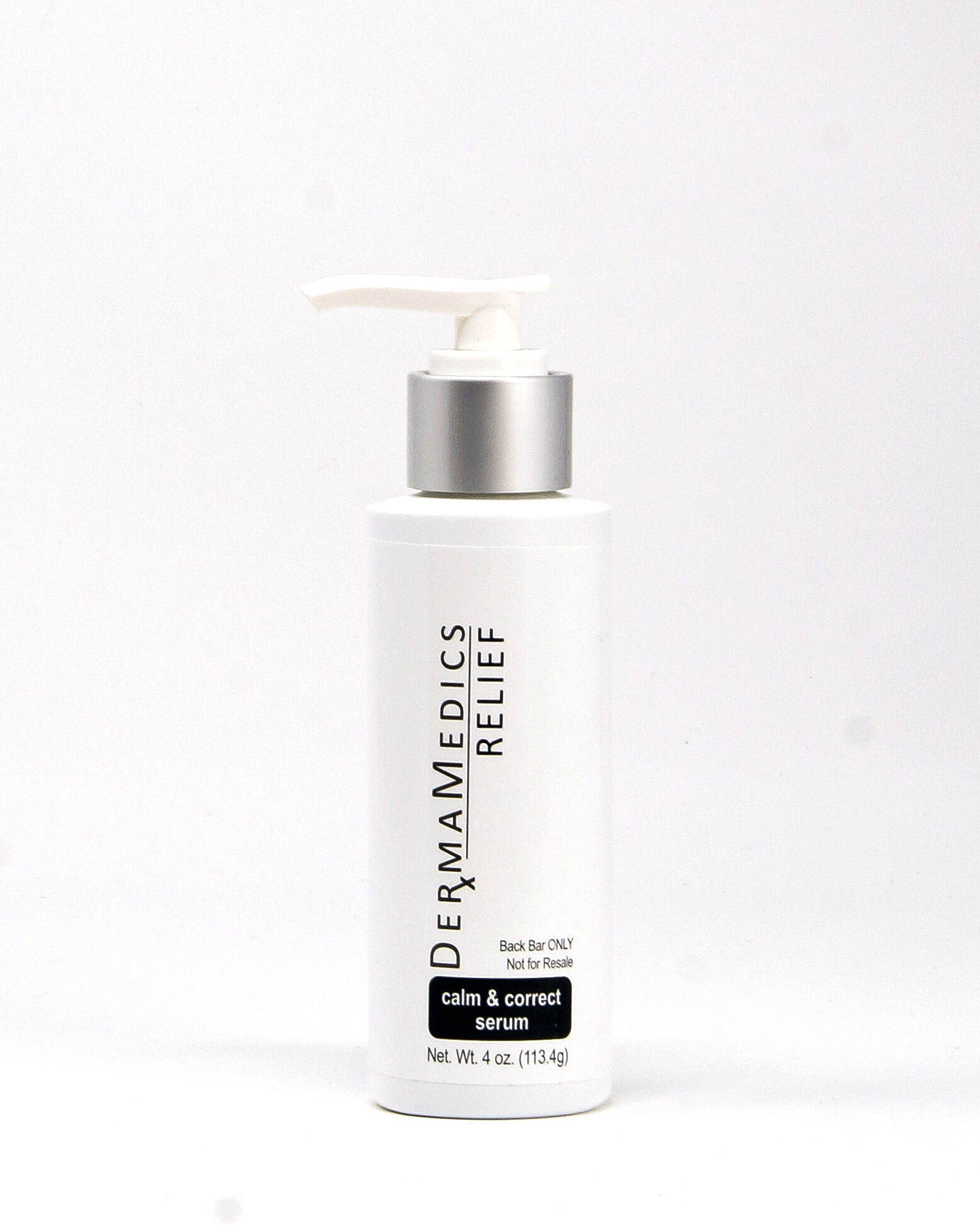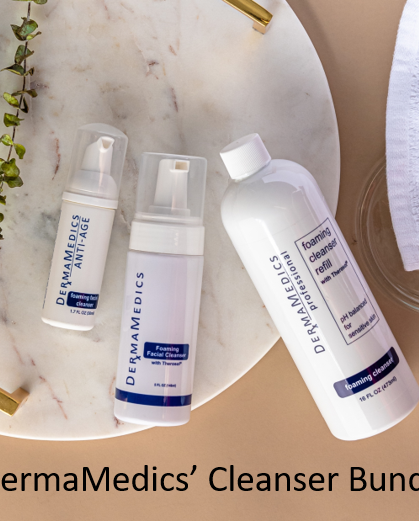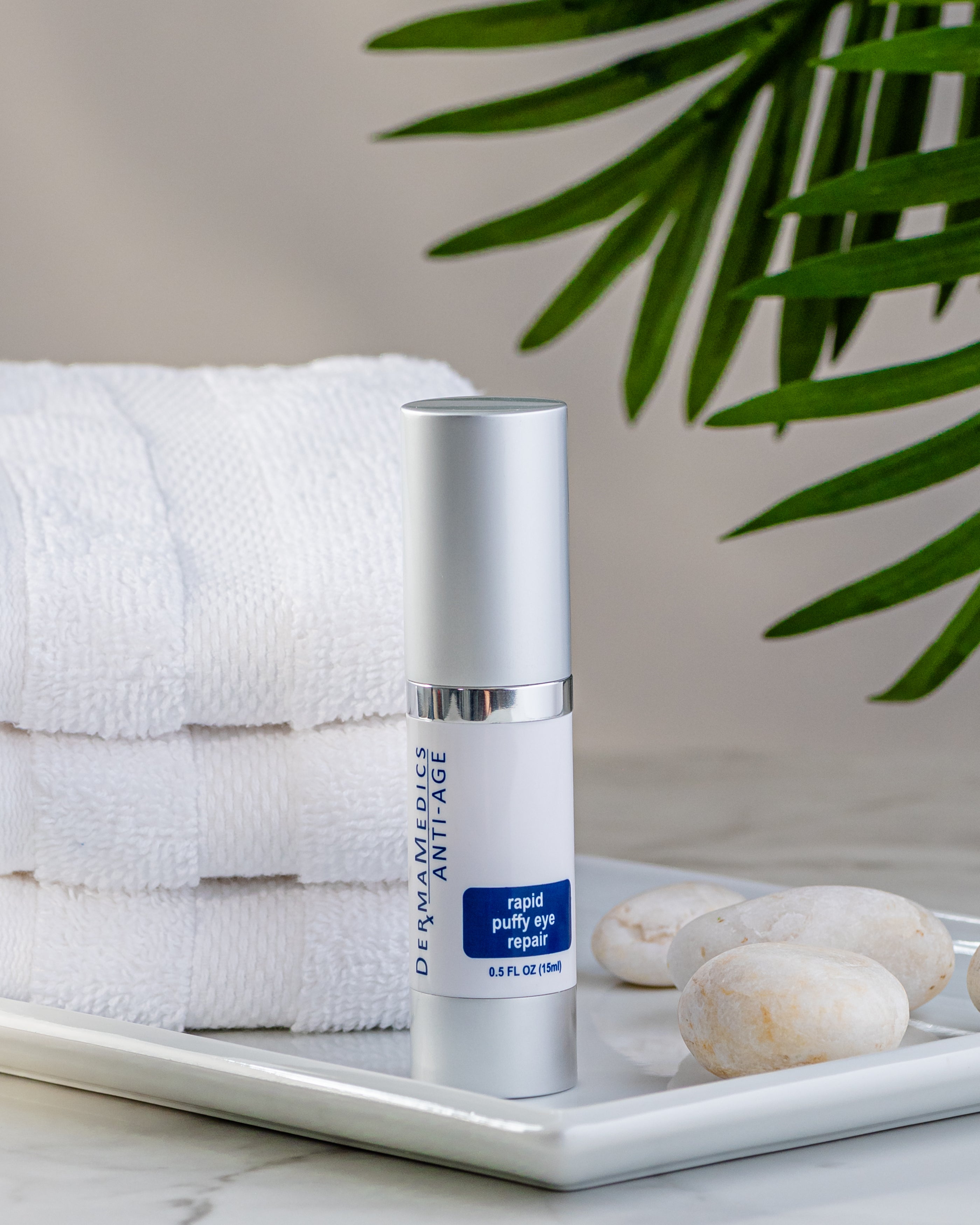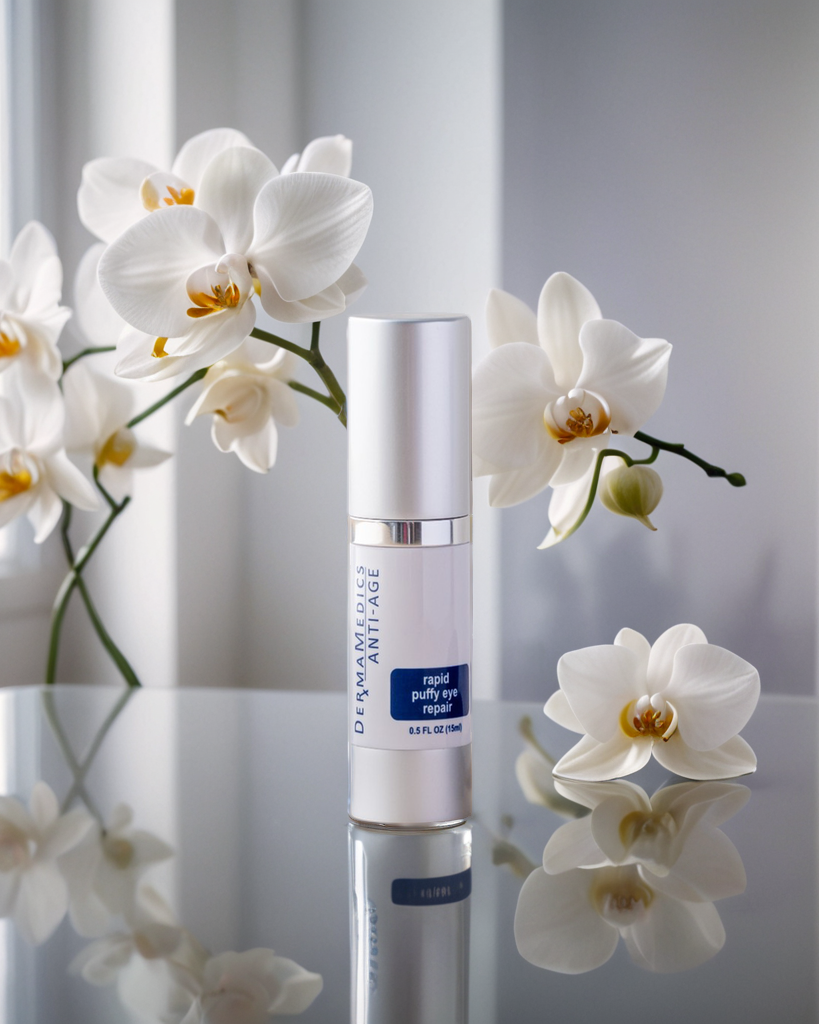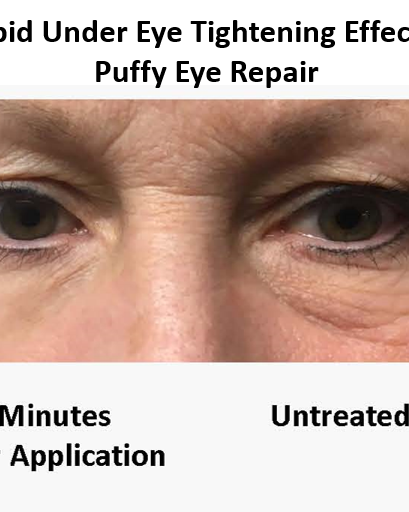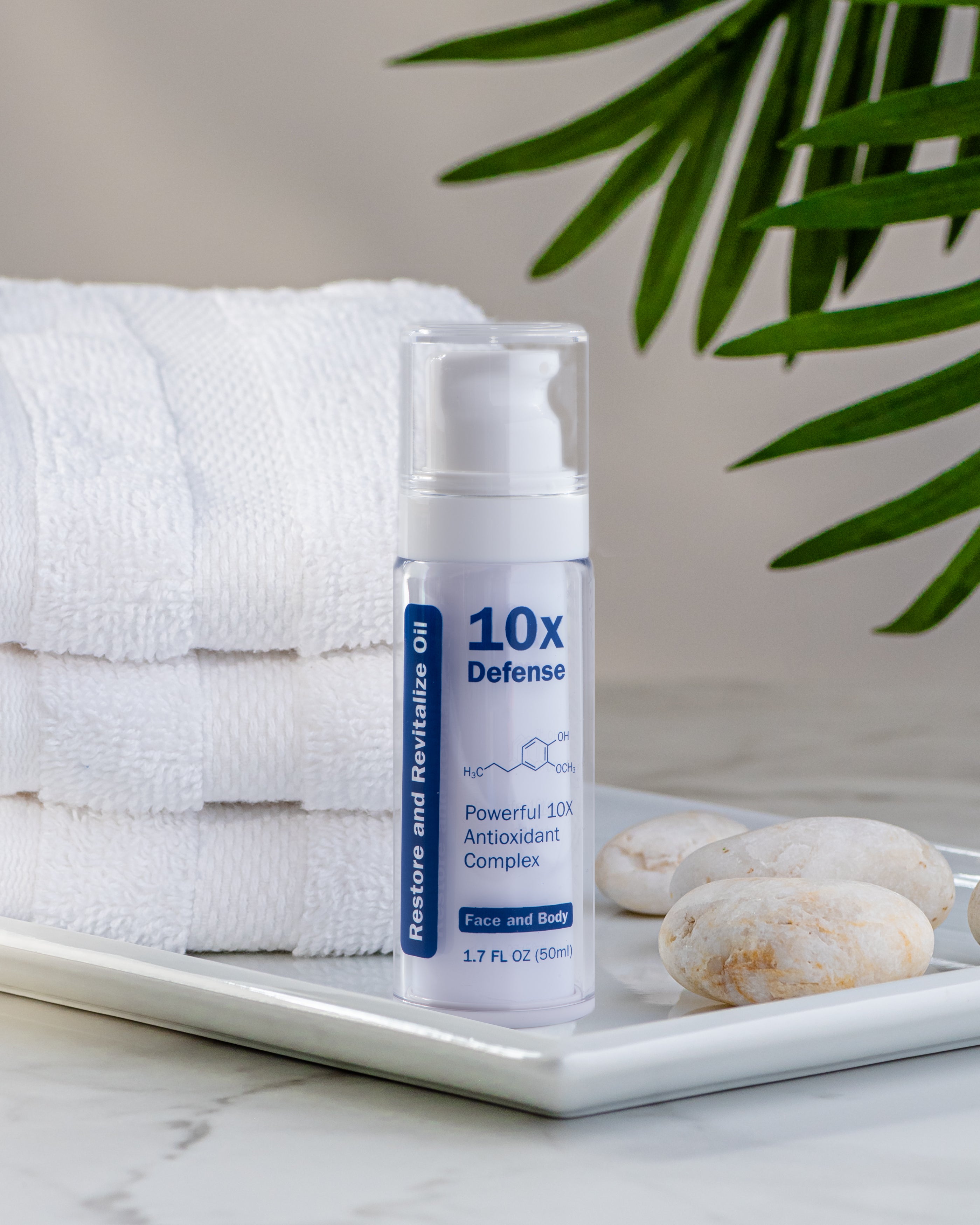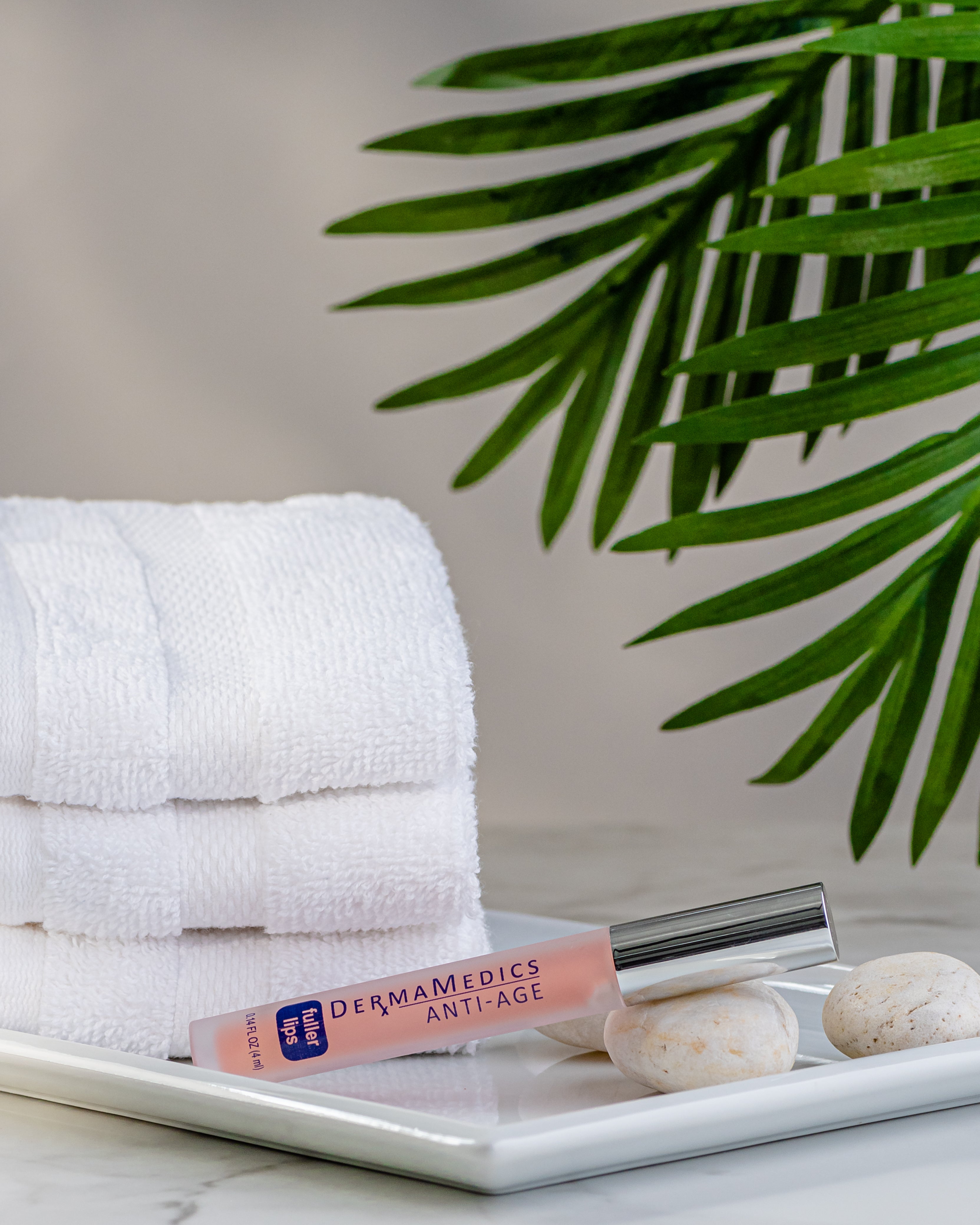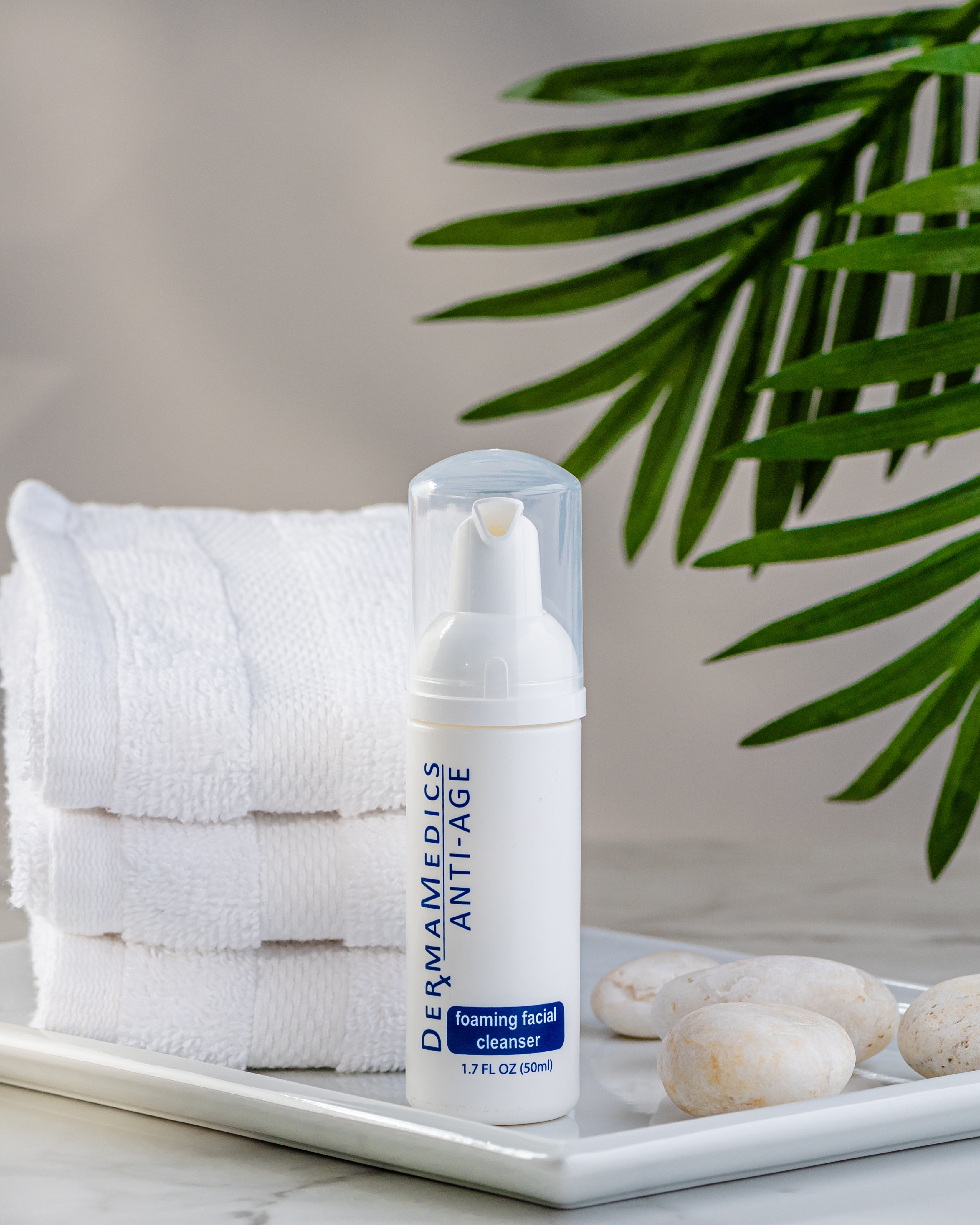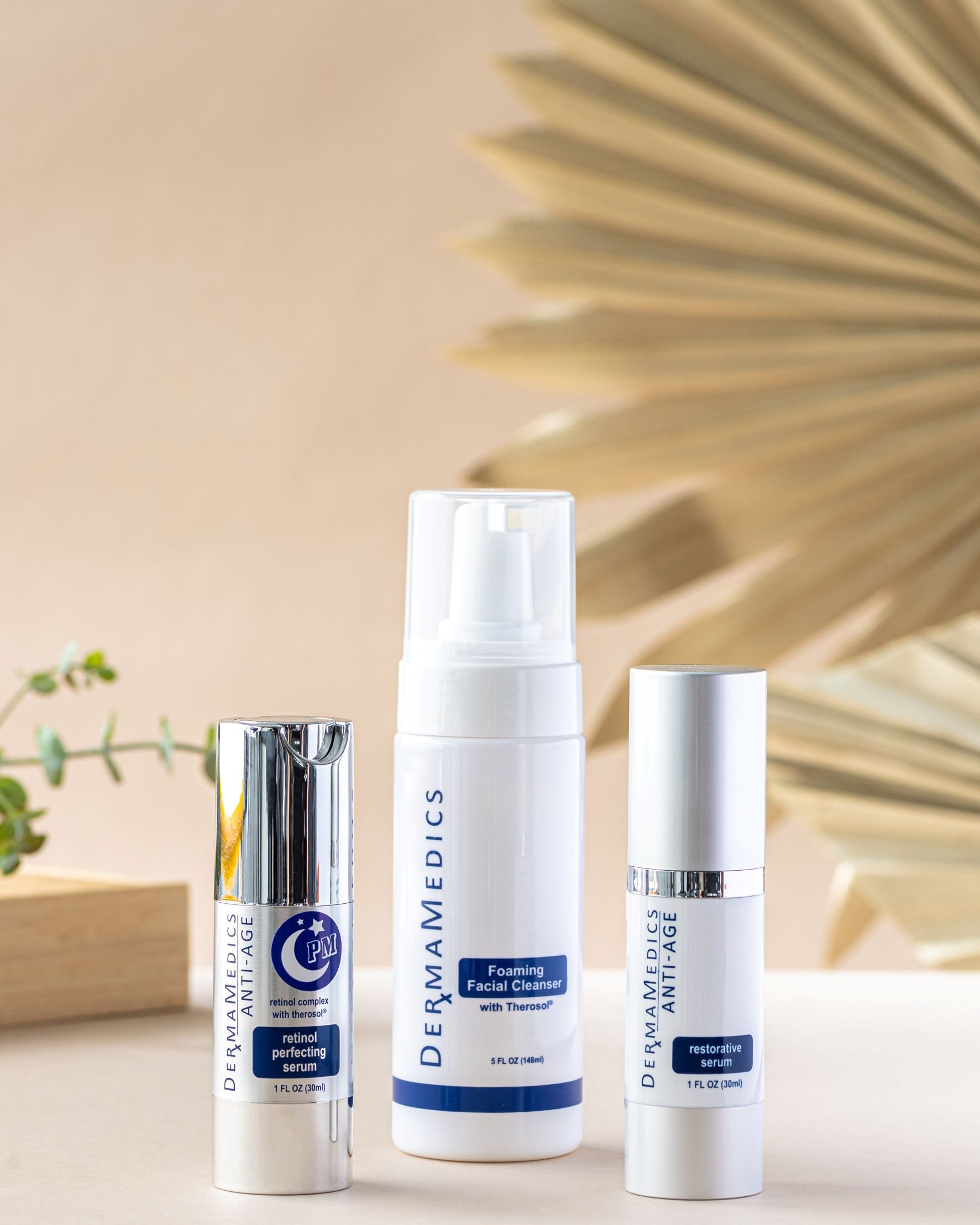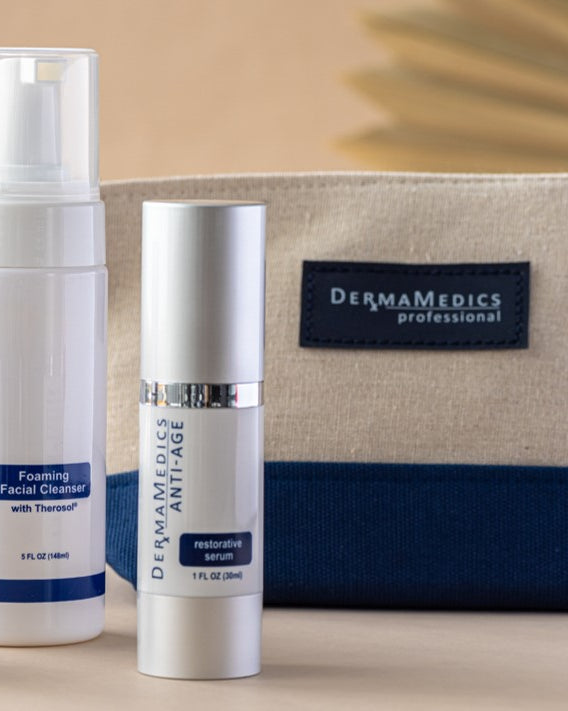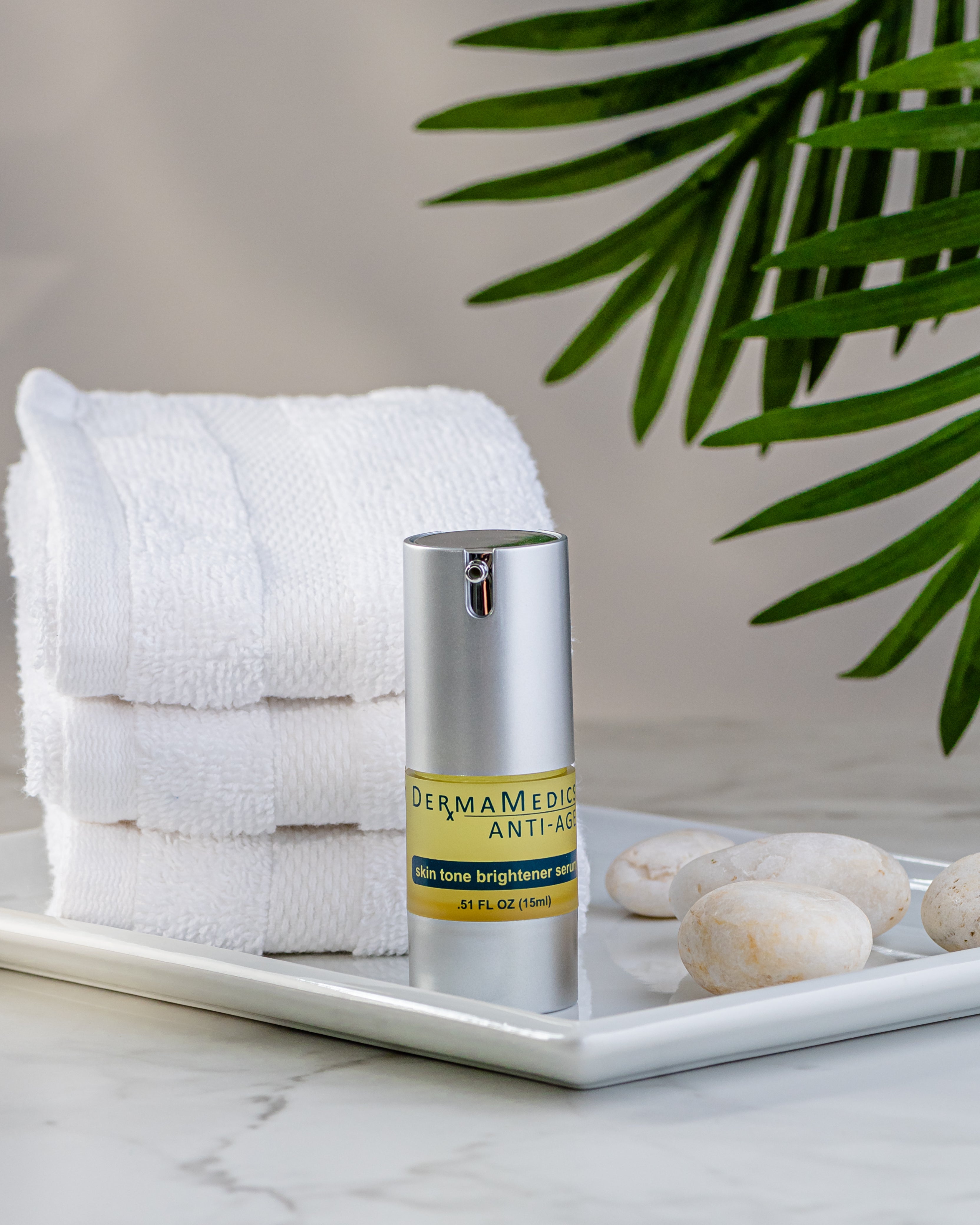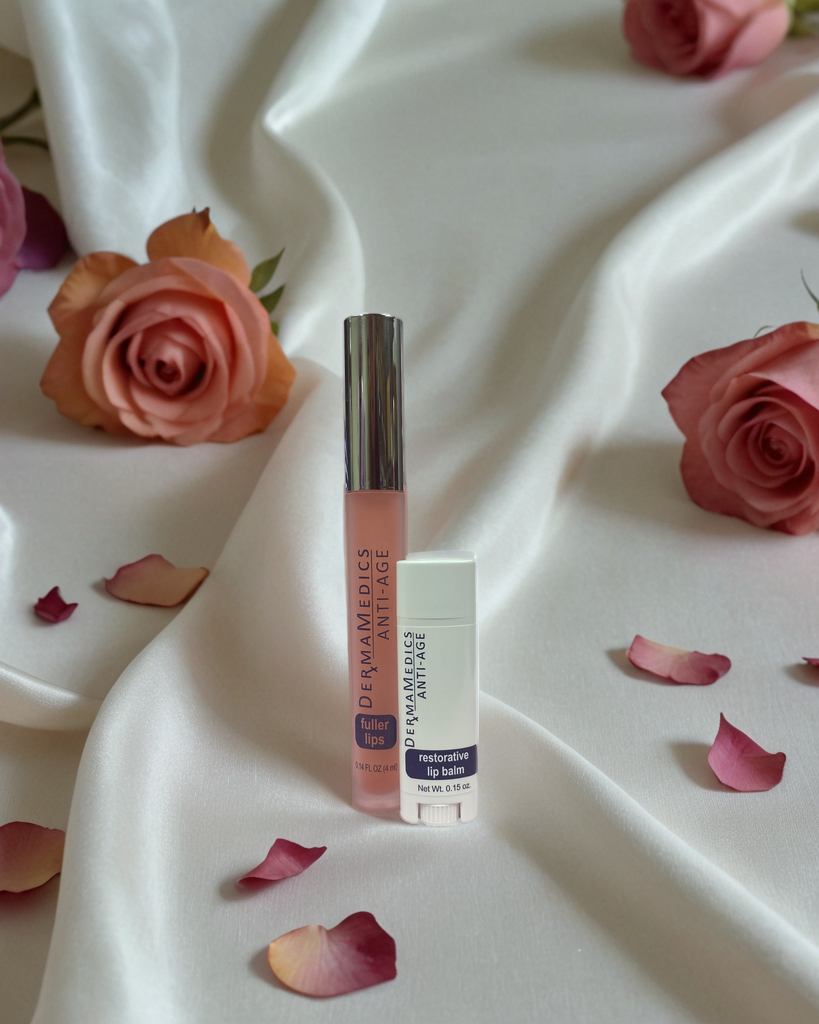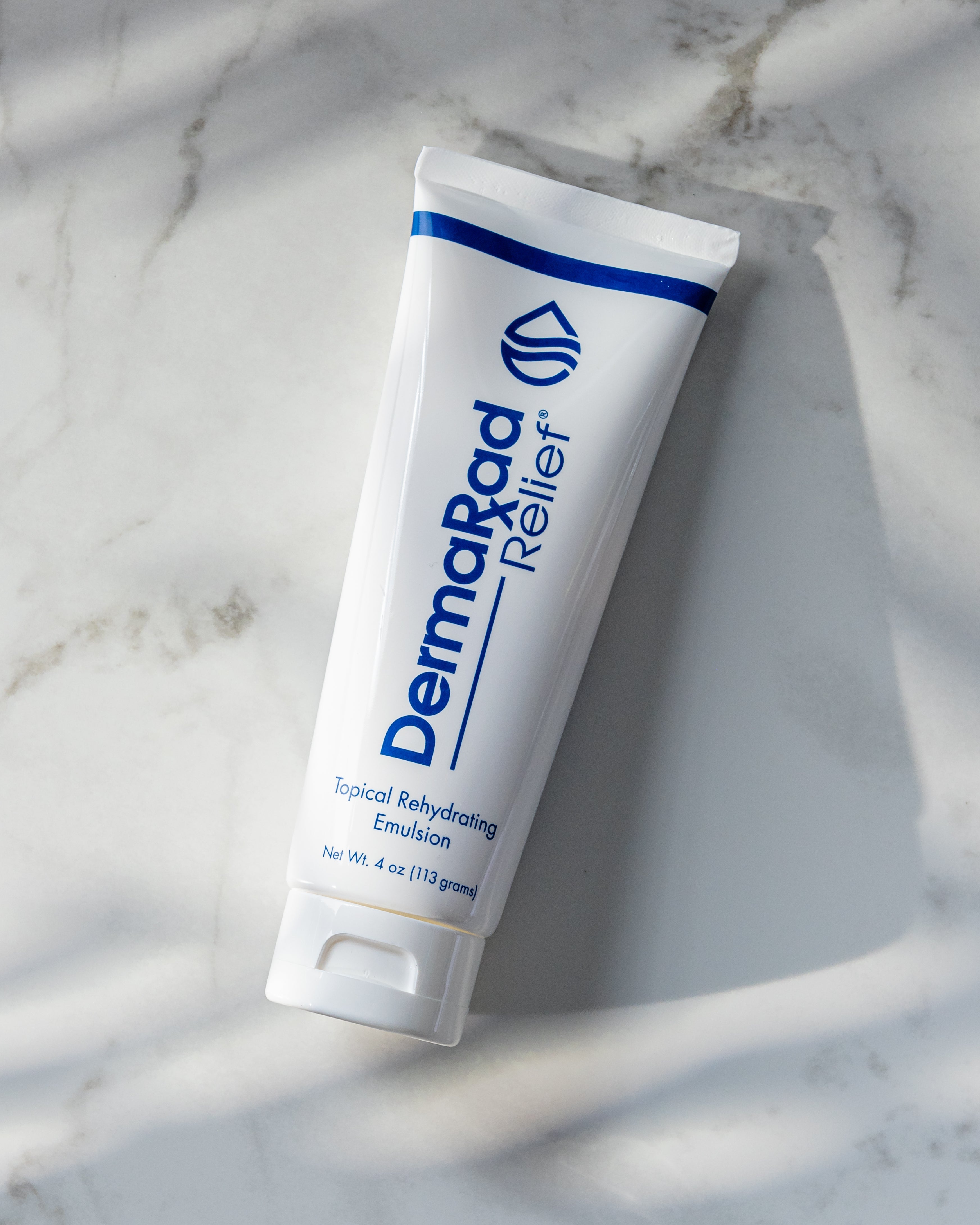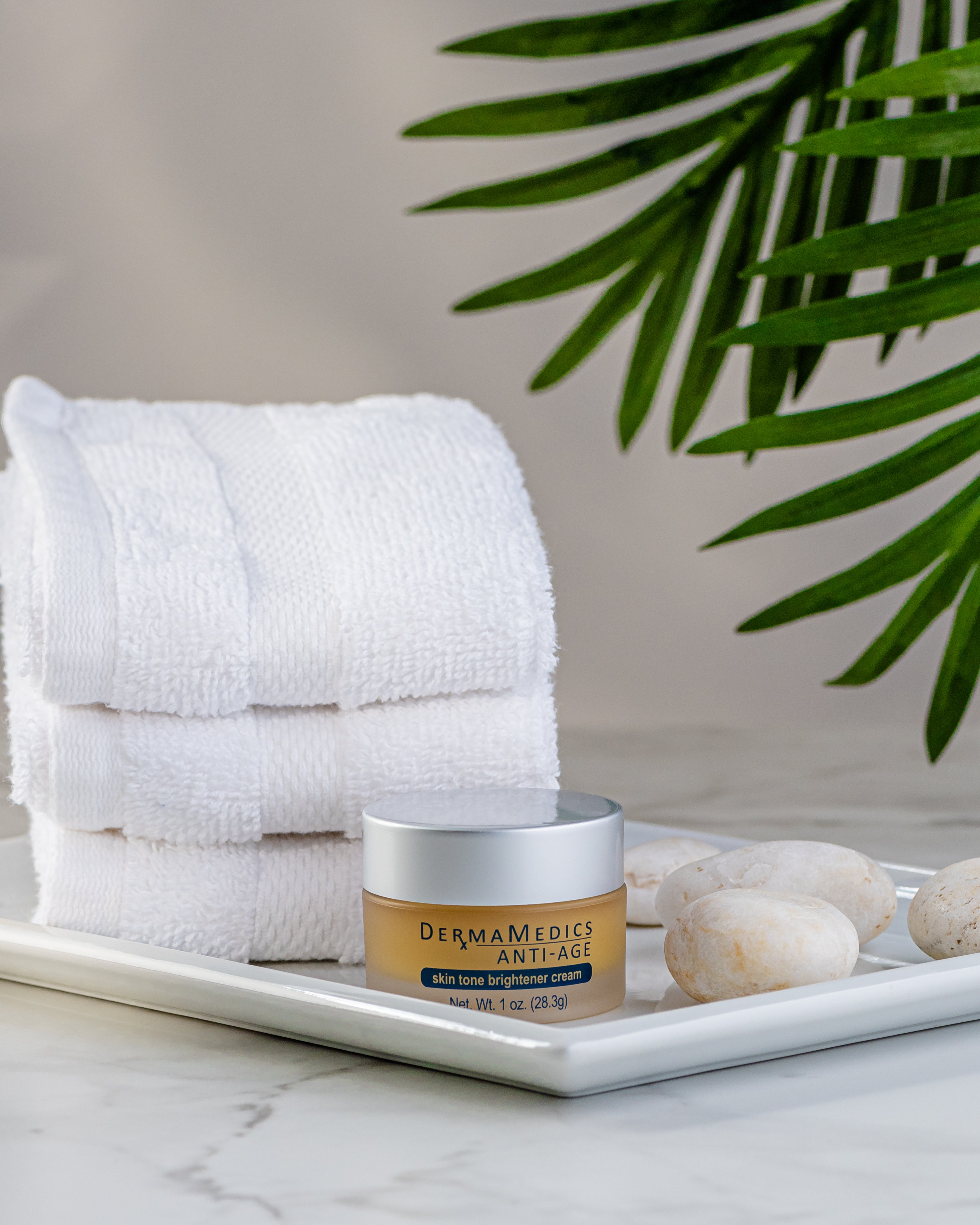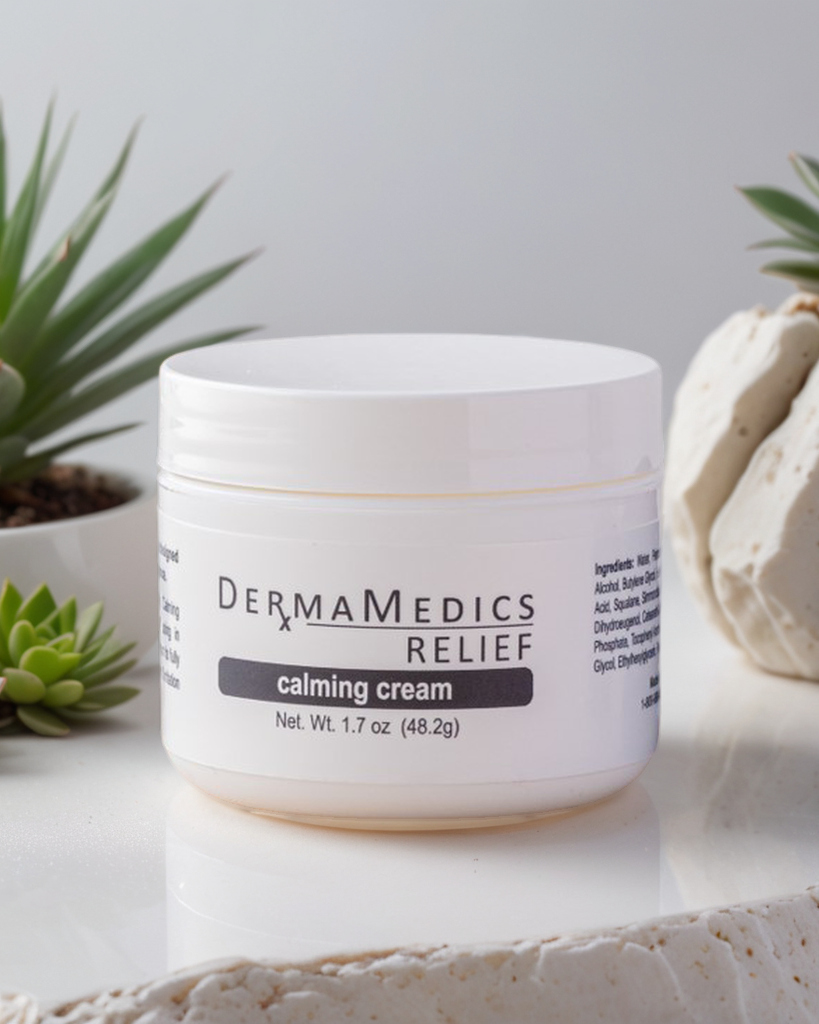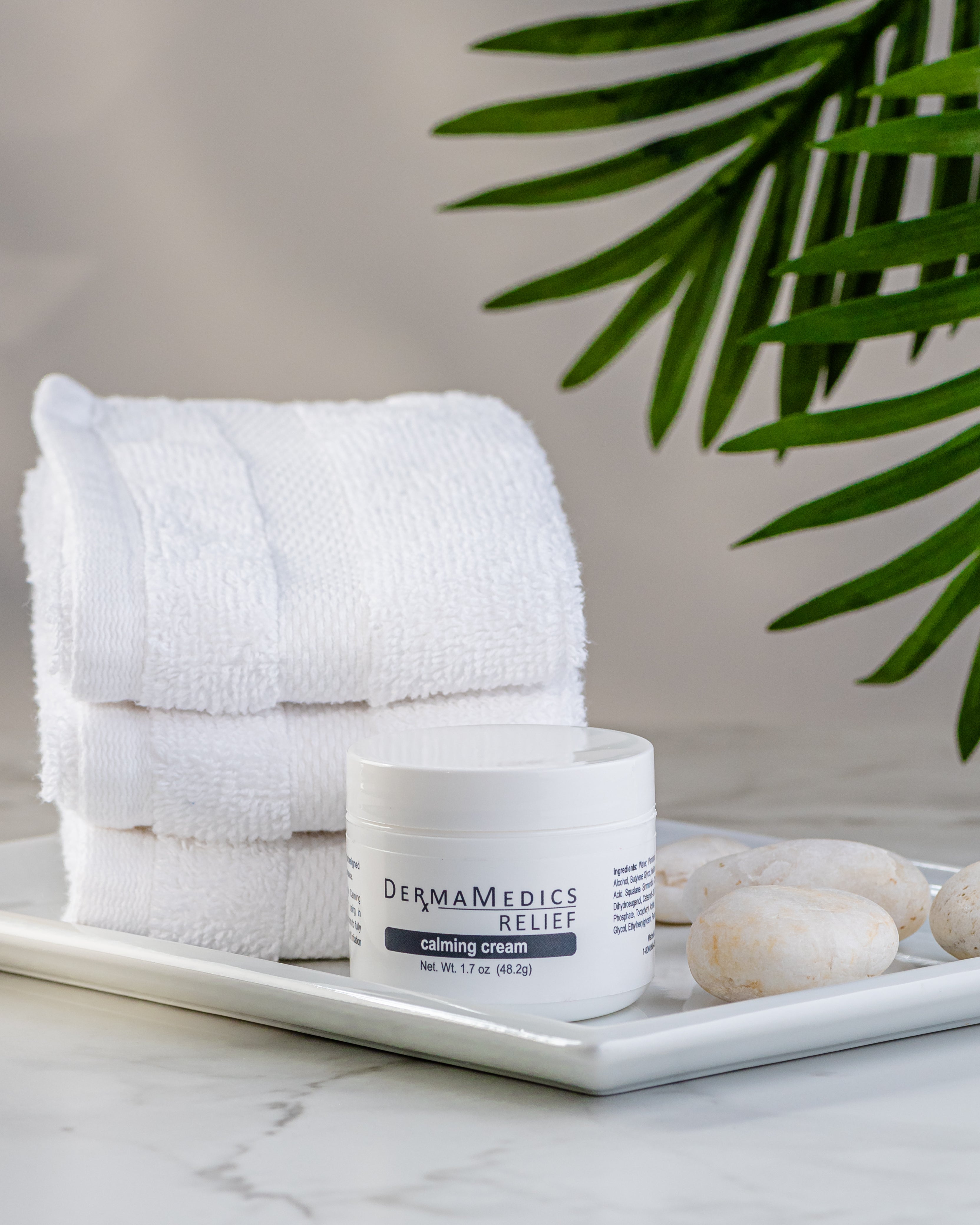Skin Research to Identify Natural Bioactive Compounds
Identification of Bioactive Anti-Inflammatory and Anti-Aging Compounds
In the section entitled “Our Story”, we learned that the patented technology DermaMedics has in all of its products came from a 4 year research program in Dr. Fuller’s laboratory. The focus of that research was to identify compounds found in nature that had remarkable bioactivities that could be beneficial to the skin. The compounds that were identified from that research program (and subsequently patented) are found naturally in plants (e.g. tea, oregano) and in various foods, including fish, pork, rum, cheeses, wine and bourbon.
Just how does one identify compounds that have potent biological activities? In pharmaceutical companies that specialize in developing prescription dermatology drugs, scientists use state-of-the-art molecular biology screening methods and in vitro cell culture models to identify and characterize bioactive compounds. But in order to develop the appropriate screening program, it is important to know something about the disease for which a new drug is needed. For example, a potential drug candidate being studied for anti-cancer activities, might be tested on cancer cells in culture for its ability to halt cell proliferation, interfere with signaling pathways that stimulate growth, or trigger the cancer cell to undergo apoptosis (cell death). For dermatology applications, a chemical compound candidate might be tested for its ability to block the production of PGE-2,which is linked to skin cancer, or block the production of TNF-alpha and IL-1, two cytokines that cause skin inflammation, skin diseases, skin damage and skin aging. In order to develop an efficient screening program to identify natural compounds that can block various inflammatory events, Dr. Fuller first developed a visual "roadmap" of the events that go on in the skin to cause inflammation. That roadmap is shown here. As you can see skin inflammation is the result of a very complex interplay among many "inflammatory mediators"

The screening program used in Dr. Fuller’s laboratory to identify compounds that could be effective in treating skin problems consisted of many different assays that determined the following characteristics of a given compound:
- The types of skin (and immune) cells that could respond to the compound being tested.
- The effect of the compound on specific cellular and molecular signaling pathways involved in inflammatory skin diseases such as psoriasis and eczema.
- The effect of each “candidate” compound on the production and secretion of key inflammatory mediators such as PGE-2, IL-1, TNF-alpha that are involved in skin diseases, skin cancer, and which have damaging effects on the structure of the skin.
- The effect of each bioactive compound on the expression of hundreds of skin-specific genes to determine if the “candidate” compound might have any NEGATIVE and undesirable effects on skin cells.
- The potency of each compound to determine if it could be used topically.
- The stability and skin penetration capability of the compound.
Skin Inflammation and Anti-Inflammatory Compound Screening Strategy
An example of a screening protocol that can identify compounds with anti-inflammatory activities is shown below.

As you can see the number of studies one can undertake to identify the specific anti-inflammatory activities of a given compound is quite extensive. This was the type of screening protocol used by Dr. Fuller and his research group. This screening had two objectives:
- determine the anti-inflammatory activities of commonly known naturally occurring antioxidants like curcumin, reseveratrol, vitamin C, quercetin, and green tea (EGCG).
- identify new compounds that had potent anti-inflammatory activities.
One example of the type of results obtained from screening is shown below. In this study human keratinocytes were used to determine the ability of various compounds to inhibit the UV radiation induced increase in PGE-2 in these cells (PEG-2 is strongly linked to skin cancer and melanoma). As shown in the figure several well-known antioxidant compounds were found to be effective in blocking PGE-2 production.

Note that Curcumin (found in Tumeric) and Quercetin (found in apples, blueberries and other fruit) inhibit the production of PGE-2 by about 90%. The problem with using these two compounds topically is that they are very yellow in color and stain the skin when applied topically. However, another vary potent inhibitor is 4-Propenyl Guaiacol, and this is one of the compounds discovered by Dr. Fuller, and licensed to DermaMedics. This compound is colorless and can be used topically without staining the skin. 4-Propenyl Guaiacol also inhibits a number of other inflammatory mediators and is therefore an excellent choice for use topically.
The Role of Inflammation in Skin Aging
As was mentioned elsewhere, skin aging is due, in large part, to inflammation, either caused by: 1) sun exposure or by 2) chronological aging. UV radiation from the sun increases the production of free radicals and these “activate” signals in skin cells that lead to the production of inflammatory mediators, such as IL-1, PGE-2 and TNF-alpha. These inflammatory mediators cause an INHIBITION of collagen synthesis in the skin AND they INCREASE the production of a specific enzyme, called MMP-1, that DESTROYS collagen. As you can see, this dual destructive effect causes a significant reduction in skin collagen.
Since the aging effects caused by the sun are primarily due to inflammation, any compound that can block the production of inflammatory mediators like IL-1, PGE-2 and TNF-alpha, will help reduce the destruction of collagen as well as the inflammatory damage to other structural elements of the skin. So having antioxidants in topical formulations is not only desirable but critically important for protecting our skin from the damaging effects of the environment.
As mentioned above, not only does exposure to the UV radiation of the sun cause skin inflammation, but unfortunately, as we age our skin naturally starts producing more and more free radicals and more inflammatory mediators. This increase in inflammation caused by chronological aging is often termed “smoldering inflammation” because it is always present at a low level. This inflammation leads to LESS collagen production, HIGHER levels of MMPs (that destroy collagen and other structural components of the skin, and INCREASED cell DEATH. Antioxidants can block free radicals and by doing so reduce this inflammatory process. The result is a healthier skin. In addition, there are some antioxidants, termed Ultra Antioxidants that not only block free radicals but also directly interfere with cell signaling pathways that trigger inflammation. One example is vitamin C. This antioxidant not only inactivates free radicals, but blocks the intracellular signaling pathways that lead to activation of genes involved in inflammation. By blocking the activation of these genes, vitamin C reduces inflammation. In addition, vitamin C can ACTIVATE the collagen gene thereby increasing collagen levels in the skin.
Because some antioxidants can actually directly alter gene transcription by either turning OFF inflammatory genes or turning ON, beneficial genes like collagen and elastin, Dr. Fuller’s laboratory studied the effect of various anti-oxidants on the expression genes and proteins involved in skin aging.
As was the case with screening protocols to look at anti-inflammatory activities of various natural compounds, a screening protocol was developed to look at the effects of natural compounds on skin aging events. That screening protocol is shown below.

Although the screening protocol shown here is designed to provide an extensive and very in-depth analysis of a multitude of proteins and other factors that have some role to play in skin aging, the obvious “targets” one looks for when investigating the potential of a natural compound to provide anti-aging benefits are: 1)its effect on collagen synthesis, 2) its effect on elastin synthesis,3) its ability to down-regulate (inhibit) MMP enzymes that damage the skin’s structure, 4) “up-regulate” (stimulate) proteins called TIMPs (Tissue Inhibitors of MetalloProteinases) that inhibit the MMP enzymes, 5) and its ability to inhibit inflammatory mediators such as IL-1 and PGE-2 that accelerate the skin aging process.
Through the use of this screening approach, Dr. Fuller’s research group was able to identify several naturally occurring compounds that could not only suppress the production of inflammatory mediators but could also ACTIVATE the genes for: 1)collagen, 2)elastin, 3) hyaluronic acid synthase (the enzyme that makes HA), and 4) the genes for TIMPs.genes. Patents have issued to protect the use of these compounds in skin care products.
During innate (normal) aging, aged dermal fibroblasts produce increased amounts of enzymes called matrix metalloprotienases (MMPs), which degrade collagen and elastin. To make matters worse, the amount of collagen and elastin produced by dermal fibroblasts decreases as the cells age. Thus, the overall loss of collagen and elastin results in skin laxity and fragility, which is visible in the form of wrinkles. The ability of a compound to reduce senescence (cell aging) or to stimulate aged fibroblasts to produce increased levels of Col I/VII and elastin, as well as inhibit the production of MMPs, would lead to an effective decrease, if not reversal, of the aging process. An illustration of the molecular changes that occur during aging is shown here.
As discussed, Dr. Fuller’s discoveries have been transferred to DermaMedics and the company has incorporated the novel compounds Dr. Fuller identified into ALL of the DermaMedics products that are available on the website. By using a rigorous science-based approach to identify novel compounds that can provide wide-ranging benefits to the skin, DermaMedics has developed unique topical products that offer the consumer unmatched performance for maintaining a healthy, and youthful looking complexion.


